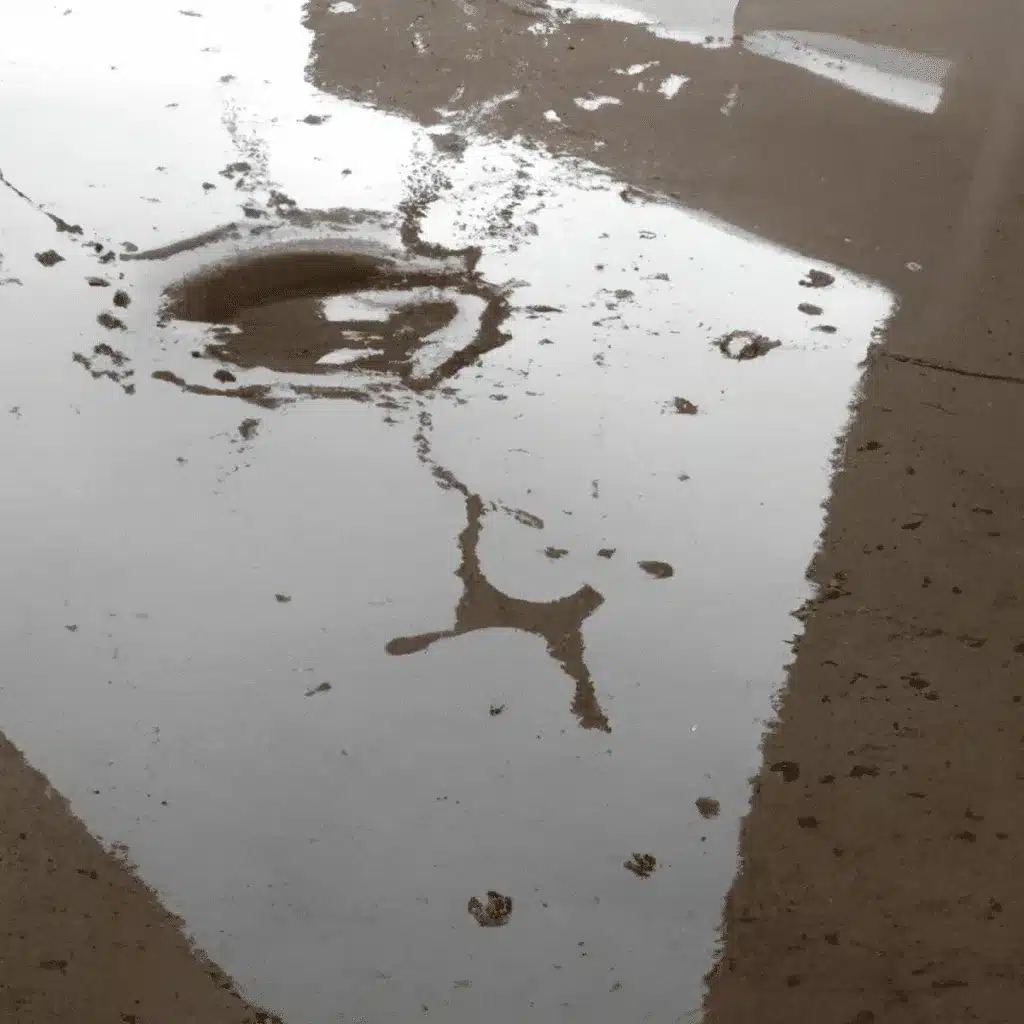How To Prevent Termite Damage In Your Home
Identify and Eliminate Moisture Sources
Termites are attracted to moisture, so one of the first steps you should take is to get rid of any excess water in your home. Reducing moisture helps make your house less appealing.
Fix Leaks and Drainage Issues

Proper Ventilation in Crawl Spaces
Crawl spaces under your house can be damp and cool which attracts termites. To make your crawl spaces less attractive to them, install vents to allow better airflow. This will keep things dry and discourage termites from settling in. You can also add insulation to reduce moisture buildup even more. Keeping your crawl spaces dry is important in keeping termites out.
Use Dehumidifiers in Damp Areas

Create Physical Barriers
Metal Screens on Vents
Termite-Resistant Building Materials
When building or renovating your home, it’s smart to use termite-resistant materials. Steel framing is a great choice because termites can’t eat it. Pressure-treated wood is also a good option for areas that touch the ground, as it resists both decay and termites. Fiber cement siding is another good choice because it looks like wood but is much tougher for termites to get through. Wood types like cedar and redwood naturally repel termites, making them great options for exposed wood areas. For foundations, solid concrete or masonry gives even more protection, making it nearly impossible for termites to get inside.

Gap Between Soil and Wood Structures
Implement Proper Landscaping Practices
How you take care of your yard can make a big difference in keeping termites away. Certain landscaping choices can either attract or deter termites, so it’s important to make smart decisions about your outdoor space.
Keep Mulch Away From The Foundation

Trim Plants and Trees Near the House
Remove Dead Stumps and Rotting Wood

Schedule Regular Professional Inspections
Annual Termite Inspections
Early Detection of Infestations
Catching termites early is key to preventing them from causing major damage. By the time you see visible signs of termites, they may have already done damage. Pest control teams can find termites before they become a big problem, saving you time, money, and stress.
Professional Treatment Options

